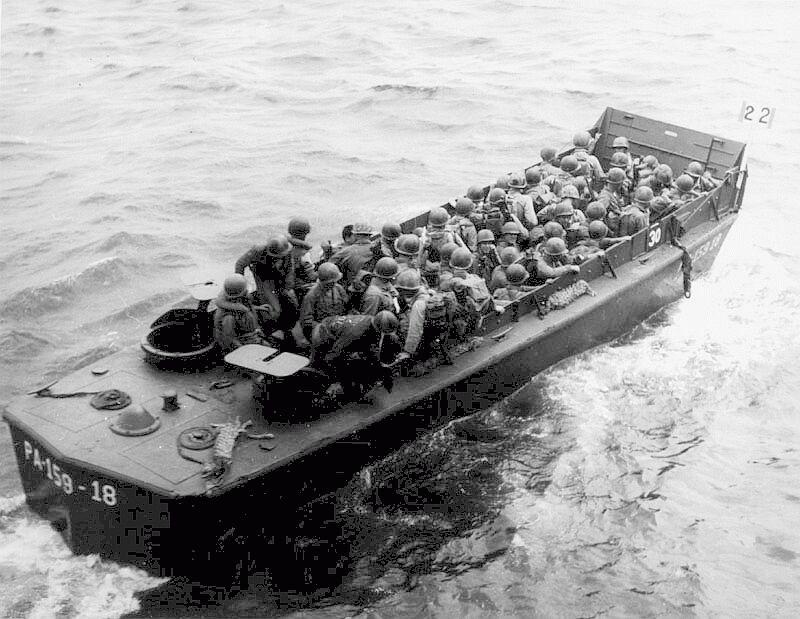Andrew Higgins (1886–1952) was born to be an inventor and entrepreneur. His drive to create and be self-sufficient began when his father, John, died when he was 7 years old. Within two years of his father’s death, Higgins began a lawn service and took on several paper routes to help the family. By the time he was 12, he had built his first boat in the basement of the family home in Omaha. Boat building and designing would become his forte.
He was introduced into the lumber business in 1906 after moving to Mobile, Alabama, and became the manager of a lumber import company in New Orleans four years later. In 1922, Higgins decided to personally meet the lumber needs of various businesses and individuals. He launched Higgins Lumber and Export Co., which resulted in his acquiring a large fleet of various vessels and building his own shipyard.






